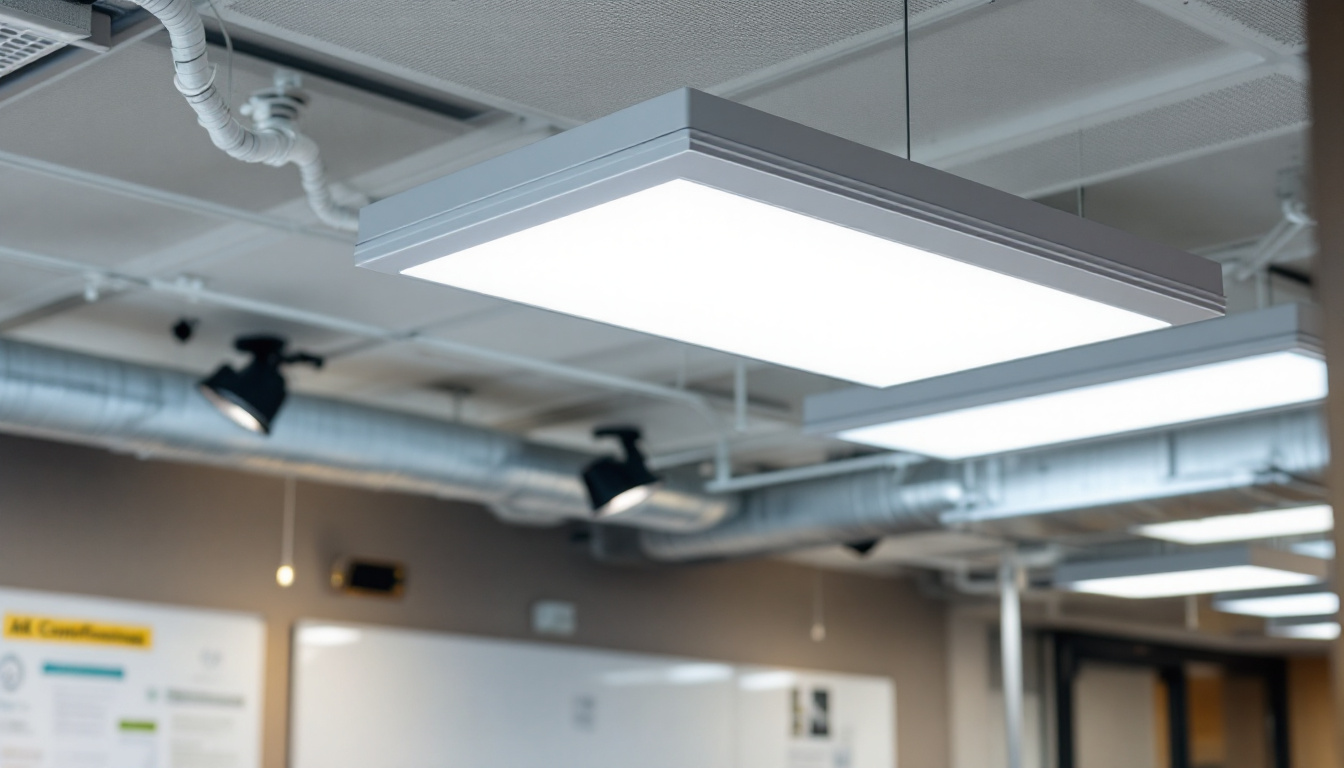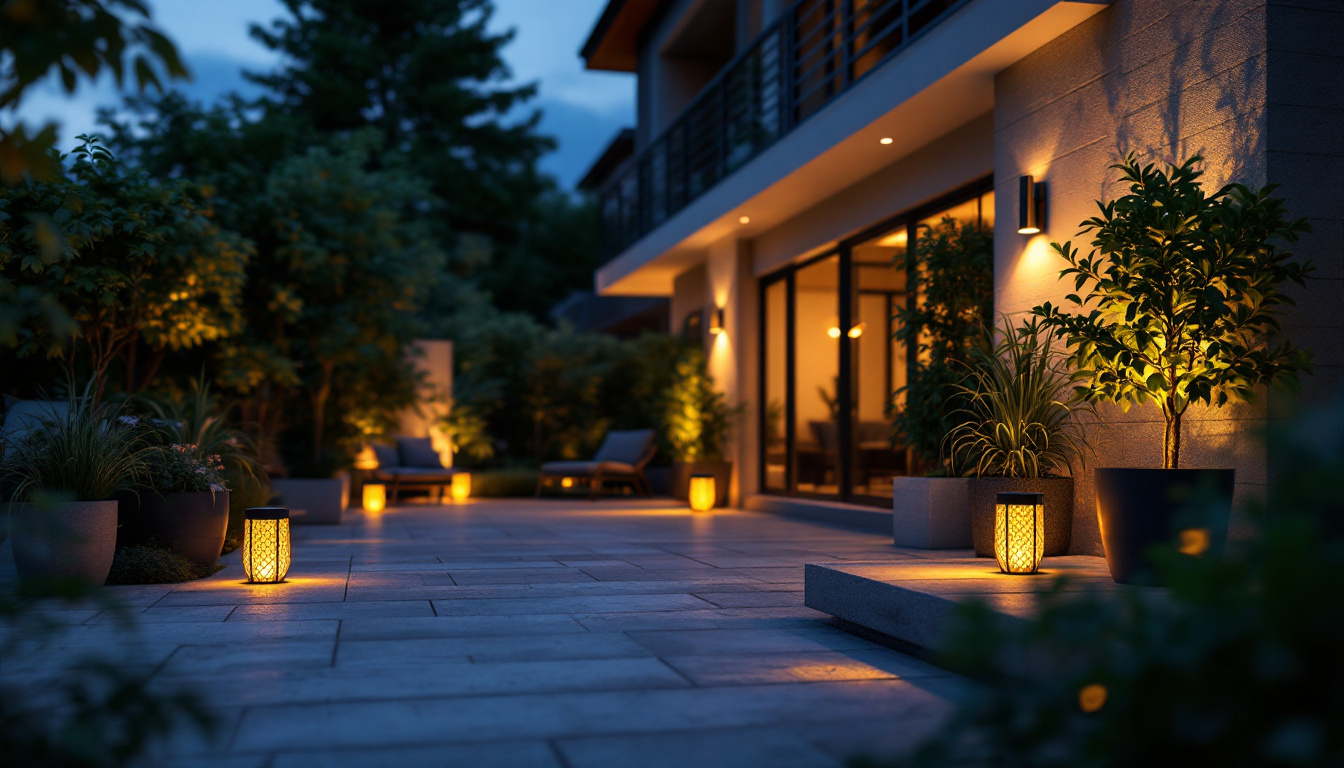

In the ever-evolving world of lighting design, innovation continues to redefine how spaces are illuminated. Among the latest trends, drop lights have emerged as a versatile and stylish solution that caters to both aesthetic and functional needs. As the demand for unique lighting solutions grows, understanding the potential of drop lights becomes essential for lighting contractors.
Drop lights, also known as pendant lights, are fixtures that hang from the ceiling, often suspended by a cord, chain, or rod. They come in a variety of styles, shapes, and sizes, making them suitable for diverse applications—from residential settings to commercial spaces. Their ability to provide focused lighting while adding a decorative element makes them a popular choice among designers and homeowners alike.
Drop lights can be categorized into several types, each serving different purposes and styles. These include:
Each type of drop light can be tailored to meet the specific needs of a project, allowing contractors to offer customized solutions to their clients. For instance, in a cozy dining area, a single pendant light can create an intimate atmosphere, while a multi-light pendant can illuminate a spacious kitchen island, ensuring that every corner is well-lit and inviting. The versatility of drop lights also extends to their installation; they can be hung at varying heights to achieve different visual effects, further enhancing the design of a room.
The materials used in drop light construction have expanded significantly, with options ranging from traditional glass and metal to innovative materials like acrylic and even natural elements such as wood. This variety allows for creative expression, enabling designers to align lighting choices with the overall theme of a space.
Current design trends emphasize minimalism and sustainability. Eco-friendly materials and energy-efficient lighting options are increasingly favored, reflecting a broader shift towards environmentally conscious design practices. Contractors should stay updated on these trends to meet client expectations and enhance their service offerings. Additionally, the integration of smart lighting technology in drop lights is gaining traction, allowing users to control brightness and color temperature through mobile apps or voice commands. This not only adds convenience but also enhances the overall ambiance of a space, making it adaptable to various moods and occasions. As homeowners seek to create personalized environments, the combination of stylish design and smart technology in drop lights is becoming an essential consideration in modern interior design.
Drop lights offer numerous advantages that make them an appealing choice for both residential and commercial applications. Understanding these benefits can help lighting contractors effectively communicate their value to clients.
One of the standout features of drop lights is their versatility. They can be used in various settings, including kitchens, dining areas, living rooms, and even office spaces. Their ability to provide direct lighting while also serving as decorative elements allows them to fit seamlessly into different design schemes.
Whether it’s a cozy café or a modern office, drop lights can be customized to enhance the ambiance. This adaptability makes them a go-to solution for contractors looking to satisfy a wide range of client needs.
Drop lights are not just functional; they are also a key component of interior design. The right drop light can transform a space, adding character and style. From sleek, contemporary designs to vintage-inspired fixtures, the aesthetic possibilities are virtually limitless.
Contractors can leverage this appeal by showcasing a variety of options to clients, helping them visualize how different styles can complement their existing decor. This approach not only enhances the client’s experience but also positions the contractor as a knowledgeable resource in lighting design.
While drop lights offer numerous benefits, proper installation is crucial to ensure both safety and functionality. Lighting contractors must consider several factors during the installation process to achieve optimal results.
Determining the correct height for drop lights is essential for maximizing their effectiveness. Generally, pendant lights should hang approximately 30 to 36 inches above a dining table or countertop. However, this can vary based on the specific design and purpose of the fixture.
Additionally, the placement of drop lights should be carefully planned to avoid creating glare or shadows. Contractors should assess the layout of the space and consider factors such as ceiling height and furniture arrangement to ensure that the lighting enhances the environment.
Proper electrical installation is paramount when working with drop lights. Contractors must ensure that the electrical wiring can support the weight and power requirements of the fixtures. This may involve upgrading existing wiring or installing new circuits to accommodate multiple pendant lights.
Moreover, incorporating dimmer switches can enhance the functionality of drop lights, allowing users to adjust the brightness according to their needs. This feature not only adds convenience but also contributes to energy efficiency, aligning with modern sustainability goals.
The lighting industry is witnessing rapid advancements in technology, and drop lights are no exception. Innovations in LED technology, smart lighting, and control systems are shaping the future of lighting design and installation.
As energy costs continue to rise and environmental concerns mount, energy-efficient lighting solutions have become a priority for many consumers. LED drop lights are a prime example of this trend, offering significant energy savings compared to traditional incandescent bulbs.
Moreover, LED technology has evolved to provide a wide range of color temperatures and brightness levels, allowing for greater customization. This flexibility enables contractors to offer tailored solutions that meet the specific needs of each project while promoting sustainability.
The rise of smart home technology has also impacted the lighting industry. Many drop lights can now be integrated into smart home systems, allowing users to control their lighting remotely via smartphones or voice commands. This feature enhances convenience and provides users with greater control over their environment.
For contractors, understanding smart lighting systems and their installation requirements is essential. Offering smart drop light options can set a contractor apart from competitors and appeal to tech-savvy clients looking for modern solutions.
While drop lights offer numerous benefits, several challenges may arise during installation. Being aware of these challenges can help contractors prepare and provide better service to their clients.
One of the primary challenges with drop lights is ensuring adequate structural support. Many pendant fixtures can be quite heavy, requiring proper anchoring to avoid safety hazards. Contractors must assess the ceiling structure and determine whether additional support is needed before installation.
In some cases, this may involve consulting with structural engineers or using specialized mounting hardware to ensure the fixture is securely installed. Addressing these concerns upfront can prevent complications down the line and ensure client satisfaction.
Another critical consideration is compliance with local building codes and regulations. Different jurisdictions may have specific requirements regarding electrical installations, including wiring, grounding, and fixture placement.
Contractors must stay informed about these regulations to avoid potential fines or safety issues. By ensuring compliance, contractors can build trust with their clients and position themselves as reliable professionals in the industry.
As the lighting industry continues to evolve, several trends are emerging that are likely to shape the future of drop lights. Staying ahead of these trends can help contractors remain competitive and meet the changing demands of their clients.
As consumers increasingly seek personalized solutions, the demand for customized drop lights is on the rise. This trend includes bespoke designs that reflect individual tastes and preferences, as well as modular systems that allow users to mix and match components.
Contractors can capitalize on this trend by offering design consultations and collaborating with clients to create unique lighting solutions that stand out. This personalized approach not only enhances client satisfaction but also fosters long-term relationships.
Another trend is the integration of drop lights with other design elements, such as furniture and architectural features. This holistic approach to design creates cohesive environments that enhance the overall aesthetic of a space.
Contractors should consider how drop lights can complement other elements in a room, such as cabinetry, wall colors, and flooring. By taking a comprehensive view of design, contractors can provide clients with solutions that elevate their spaces and create harmonious environments.
Drop lights represent a significant advancement in lighting design and installation, offering versatility, aesthetic appeal, and technological innovation. For lighting contractors, understanding the intricacies of drop lights—from their benefits and installation considerations to emerging trends—is essential for success in a competitive market.
As the demand for unique and sustainable lighting solutions continues to grow, contractors who embrace the potential of drop lights will be well-positioned to meet the evolving needs of their clients. By staying informed about industry trends and technological advancements, lighting professionals can enhance their service offerings and contribute to the future of lighting design.
Ready to elevate your lighting installations with the latest drop lights? At LumenWholesale, we provide you with an exceptional range of high-quality, spec-grade lighting products at prices that can’t be beaten. Say goodbye to unnecessary markups and hello to a vast selection of reliable lighting that meets the most rigorous industry standards. With the added benefit of free shipping on bulk orders, you can ensure your projects shine with premium lighting while keeping costs low. Don’t compromise on quality or value—Wholesale Lighting at the Best Value is just a click away. Make the smart choice for your lighting needs with LumenWholesale.

Discover why sourcing canopy lights in bulk from local distributors might not be the best choice for your business.

Discover essential compliance insights for lighting contractors with our comprehensive guide on 2 x 4 flat panel LED installations.

Discover the top strategies lighting contractors use to maximize the efficiency and aesthetics of outdoor solar lamps.

Discover the benefits and considerations of solar exterior lights for lighting contractors.
Get notified when NEW deals are released.
Optimize your budget with wholesale discounts.
Only top-quality, specification-grade lighting products.
No additional costs at checkout - what you see is what you pay.
We understand the unique needs of contractors.